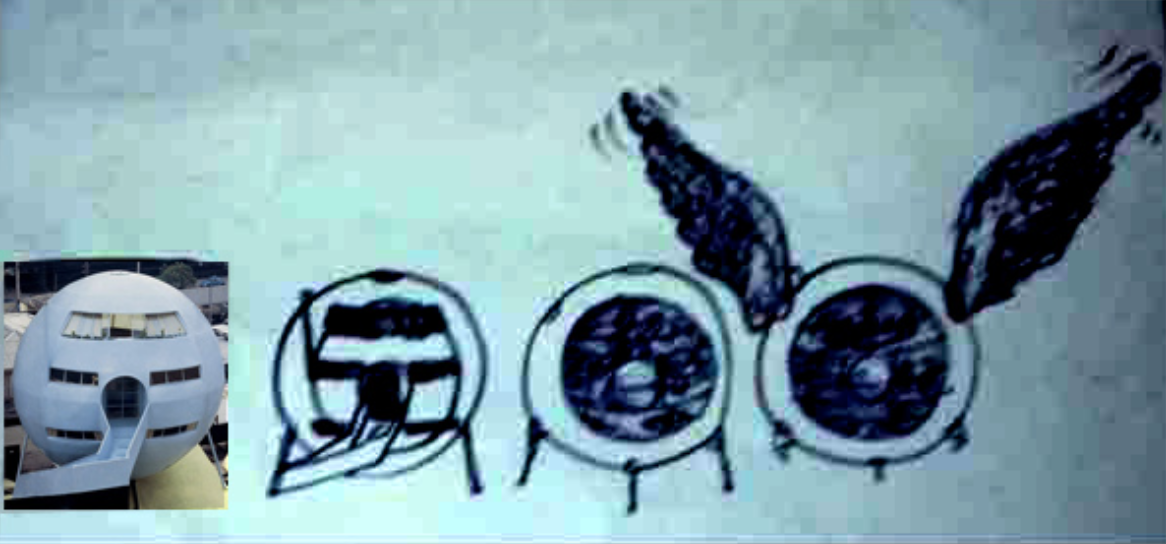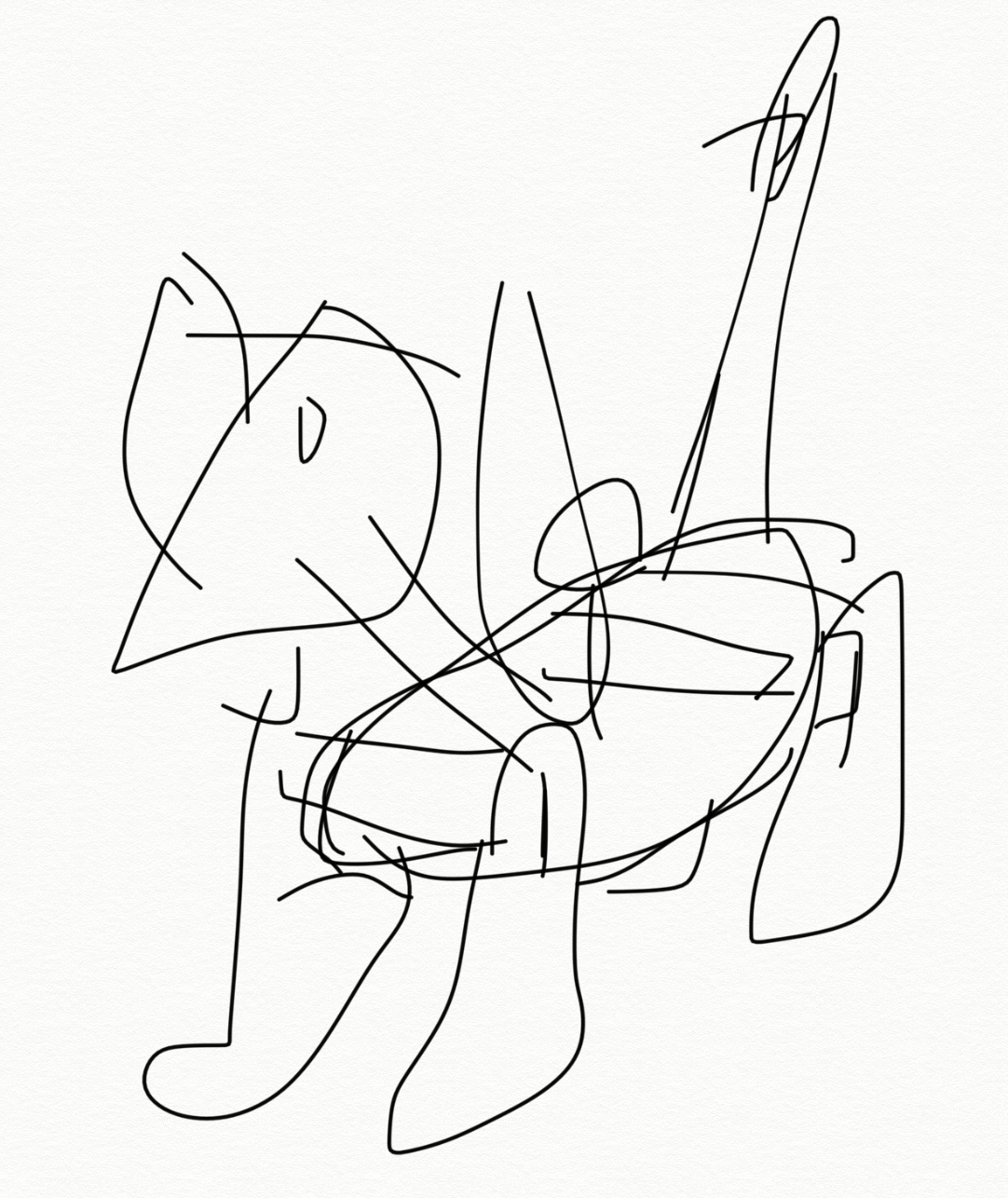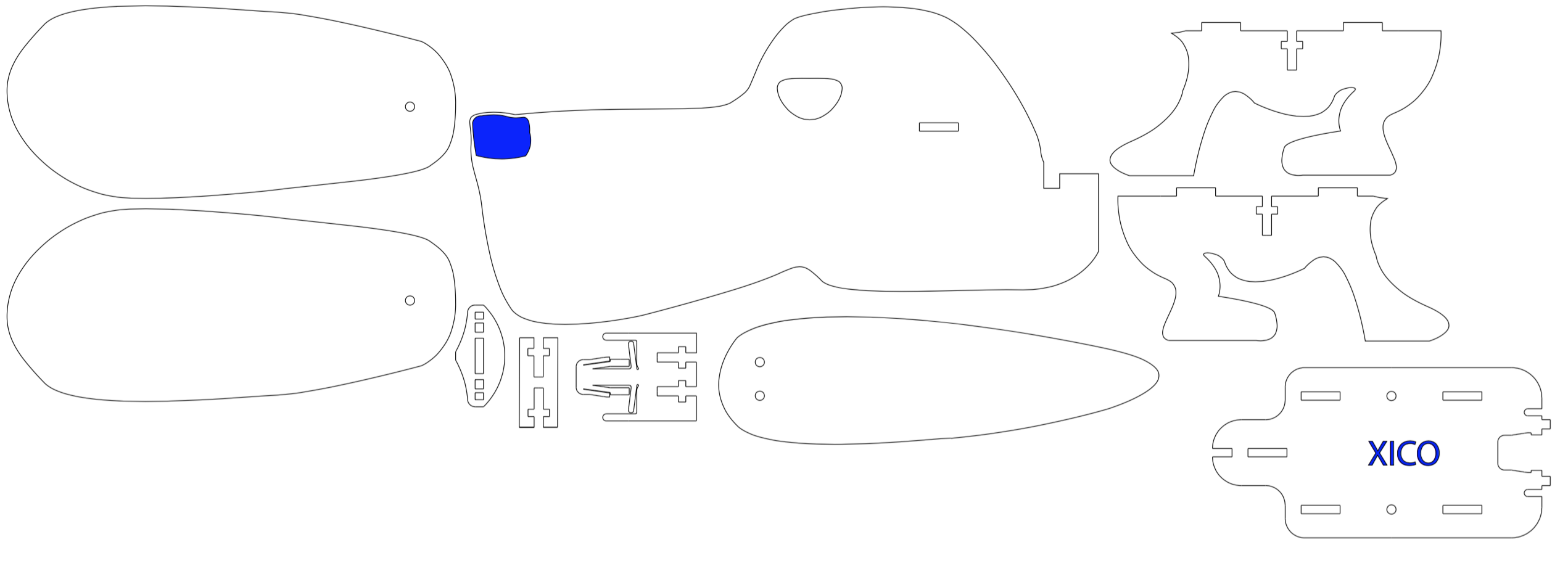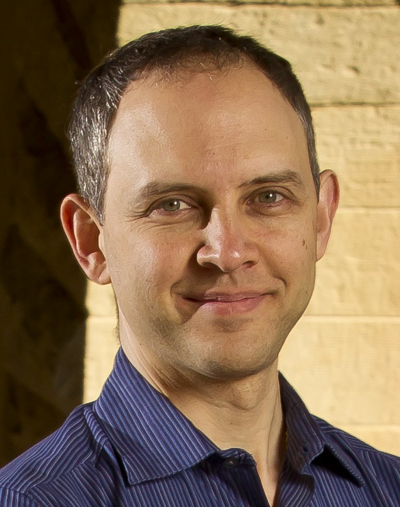Ackermann, E. (2001). Piaget’s constructivism, Papert’s constructionism: What’s the difference.Future of learning group publication, 5(3), 438. Chicago
- “And if we believe, as Piaget and Papert do, that knowledge is actively constructed by the child in interaction with her world, then we are tempted to offer opportunities for kids to engage in hands-on explorations that fuel the constructive process. We may do so at the cost of letting them “rediscover the wheel” or drift away when shortcuts could be welcome.” (Ackerman, 2001, p.1)
- “Because of its greater focus on learning through making rather than overall cognitive potentials, Papert’s approach helps us understand how ideas get formed and transformed when expressed through different media, when actualized in particular contexts, when worked out by individual minds. ” (Ackerman, 2001, p.4)
- “In all cases, situated approaches to learning revalue the concrete, the local, and the personal! Such a shift has important implications in the fields of cognitive research and education.” (Ackerman, 2001, p.6)
- “In reclaiming the deeply grounded, experience-based, and subjective nature of human cognition, Papert’s approach reminds us that alternative epitemologies are indeed possible, and that concrete thinking is no less important than figuring out things “in the head”. ” (Ackerman, 2001, p.7)
- “Becoming one with the phenomenon under study is, in his view, a key to learning. (Papert)” (Ackerman, 2001, p.8)
Blikstein, P. & Worsley, M., Children are not Hackers: Building a Culture of Powerful Ideas, Deep Learning, and Equity in the Maker Movement
- 4 cultures with diverging ideas
- The hacker culture: extreme autodidactism
- “The popular image of the hacker is that of a disheveled, unshaven white male in his twenties, doing all-nighters in a messy electronics lab, capable of learning anything by himself by scouring the web or doing late-night runs to the library.”
- The publishers’ culture: product before process
- MAKE magazine & Maker Fair
- “Having spectacular projects is the natural path of evolution for an exhibition, but not very inviting for novices.” (Blikstein & Worsley, p.3)
- The culture of informal educational spaces: the “keychain” syndrome
- “This incentive helps the proliferation of the “30 minute” workshop model: fast, scripted, perpetually “introductory” workshops—what we called in previous work the “keychain syndrome”—children keep doing keychains and other trivial objects but never move on to more complex projects, which require more complex facilitation, curriculum design, and equipment (Blikstein, 2013).” (Blikstein & Worsley, 2001, p.4)
- The “job market” culture:
- “Despite the best of intentions, this Silicon-Valley-inspired fixation on K-12 education as STEM job market training has influenced the tools, goals, and pedagogies incentivized (or allowed) in schools.” (Blikstein & Worsley, 2001, p.4)
- The hacker culture: extreme autodidactism
- Fun vs. Hard Fun
- “In fact, early Constructionists were not interested in pitting serious against playful (Papert & Harel, 1991, p. 1), but instead finding ways to live at the intersection of the two. ” (Blikstein & Worsley, 2001, p.5)
- Abstract versus concrete thinking
- “In fact, the richness of makerspaces comes not from the fact that the abstract is left out, but that it is brought in together with new ways to build relationships with and between objects and concepts. ” (Blikstein & Worsley, 2001, p.5)
- Research versus gut feeling
- “The history of educational technologies and education reform (Collins & Halverson, 2009; Tyack & Cuban, 1995) has repeatedly demonstrated that the implementation of “revolutionary technologies” often leads to considering their benefits as self-evident. We see research (done together with teachers) as a tool for both measuring learning outcomes and as a way for teachers to reflect upon and optimize their own practice.” (Blikstein & Worsley, 2001, p.6)
- The need for on boarding in fab labs
- “In our own research (Blikstein, 2013; Davis, Bumbacher, Bel, Sipitakiat, & Blikstein, 2015), novices coming into a maker lab need a considerable amount of onboarding and facilitation before they can start “hacking” and learning by themselves.” (Blikstein & Worsley, 2001, p.6)
- The job market’s needs effect
- “Research suggests that the best predictor of STEM career choice is not a student’s K-12 math or science performance, but their self-reported love for science and if they see themselves as scientists in the future (Maltese & Tai, 2011).” (Blikstein & Worsley, 2001, p.8)
- From a keychain culture to a culture of deep projects
- The need for dedication and inspired curricula
- “Allowing teachers to “pair up” and design curriculum together, even if they are from different areas, greatly expands the range of activities that can be done in the labs and makes it possible to attract students with a variety of different interests.” (Blikstein & Worsley, 2001, p.9)
- From a product culture to a process culture
- “When we compared the efficacy of example-based and principle-based reasoning, we found that students consistently performed better when primed to use principles instead of just using examples from the real world.” (Blikstein & Worsley, 2001, p.10)
- “Learners should be aware that they will be evaluated not only by the quality of the final product, but also about their process–including, for example, how they collaborated with colleagues, how they managed the work, and how much they went outside of their intellectual comfort zone.” (Blikstein & Worsley, 2001, p.10)
- Maker’s Pedagogy
- “However, now, it is time for educators to take back the driver seat. The maker movement will only survive and fulfill its educational goals if the decisions are being made by teachers, education researchers, and education policy makers—professionals that really understand schools, teaching, and learning. ” (Blikstein & Worsley, 2001, p.12)
Papert, S. (1999). Papert on piaget. Time magazine’s special issue on” The Century’s Greatest Minds, 105.
- “Piaget was launched on a path that would lead to his doctorate in evolutionary biology and a lifelong conviction that the way to understand anything was to understand how it evolves.” (Papert, 1999, p.2)
- Ask a child – “What makes the wind?”
- Answer might not be “true” but certainly “coherent” in the child’s mind















